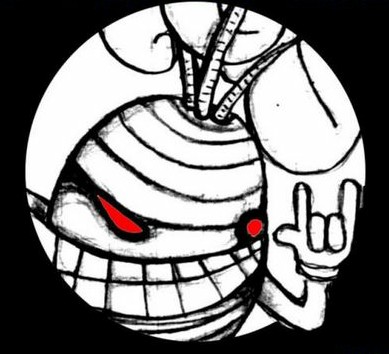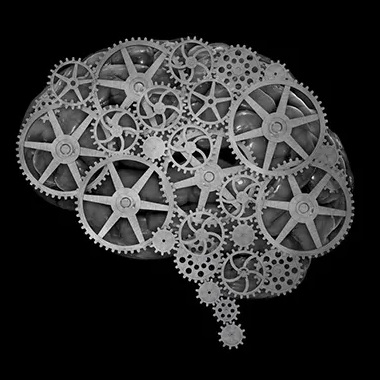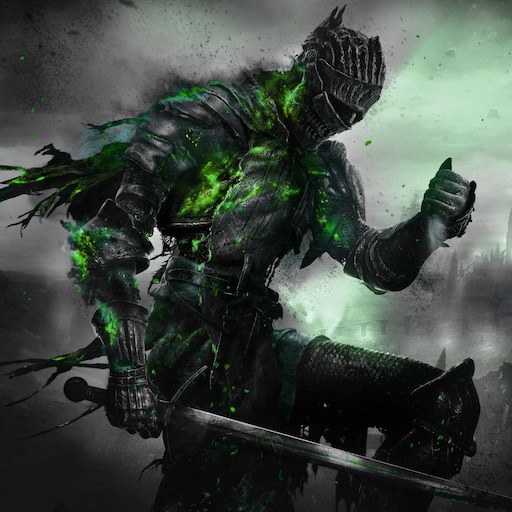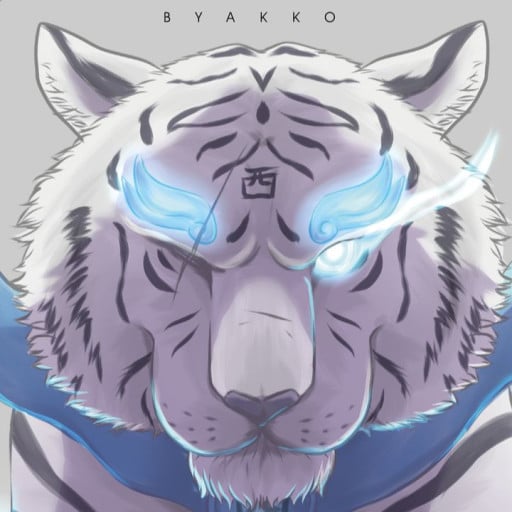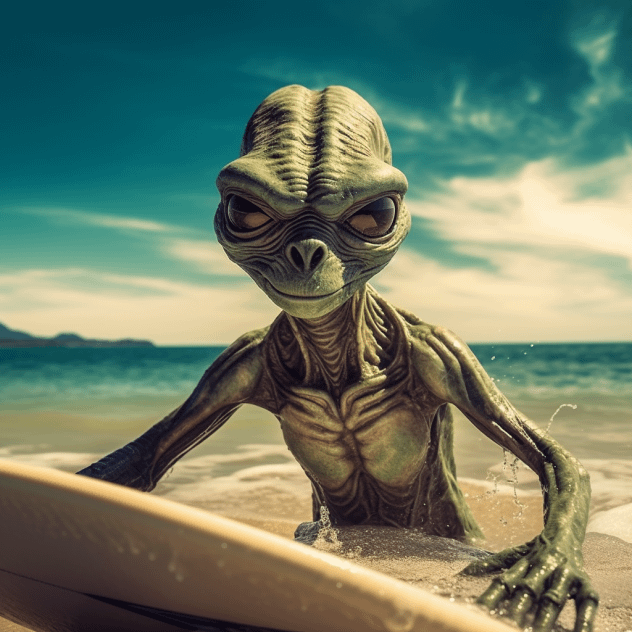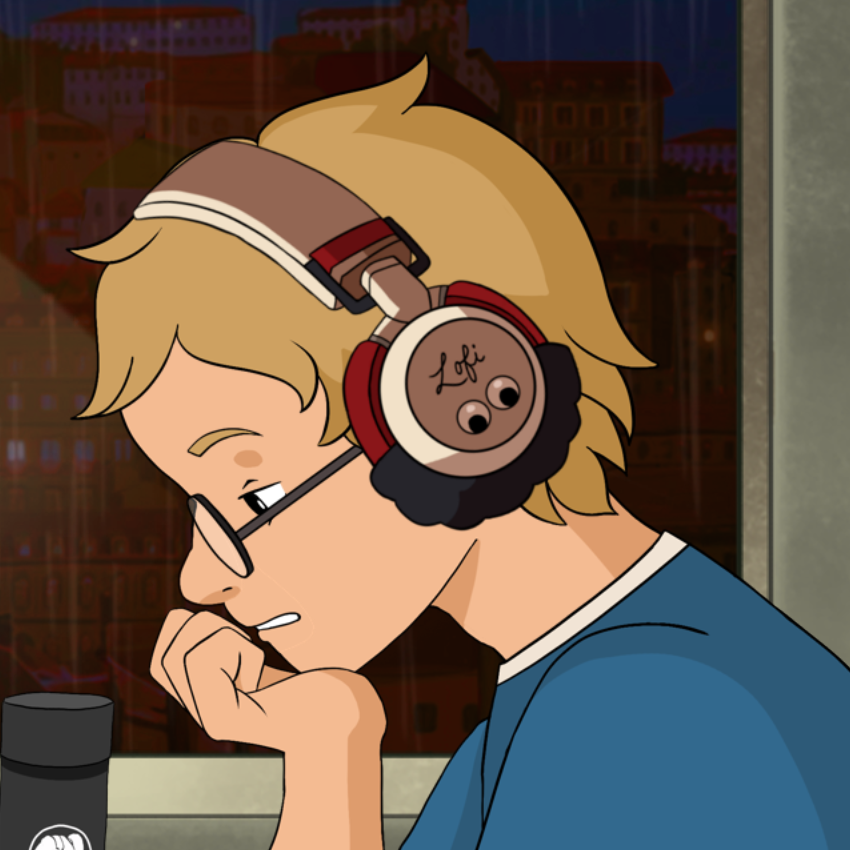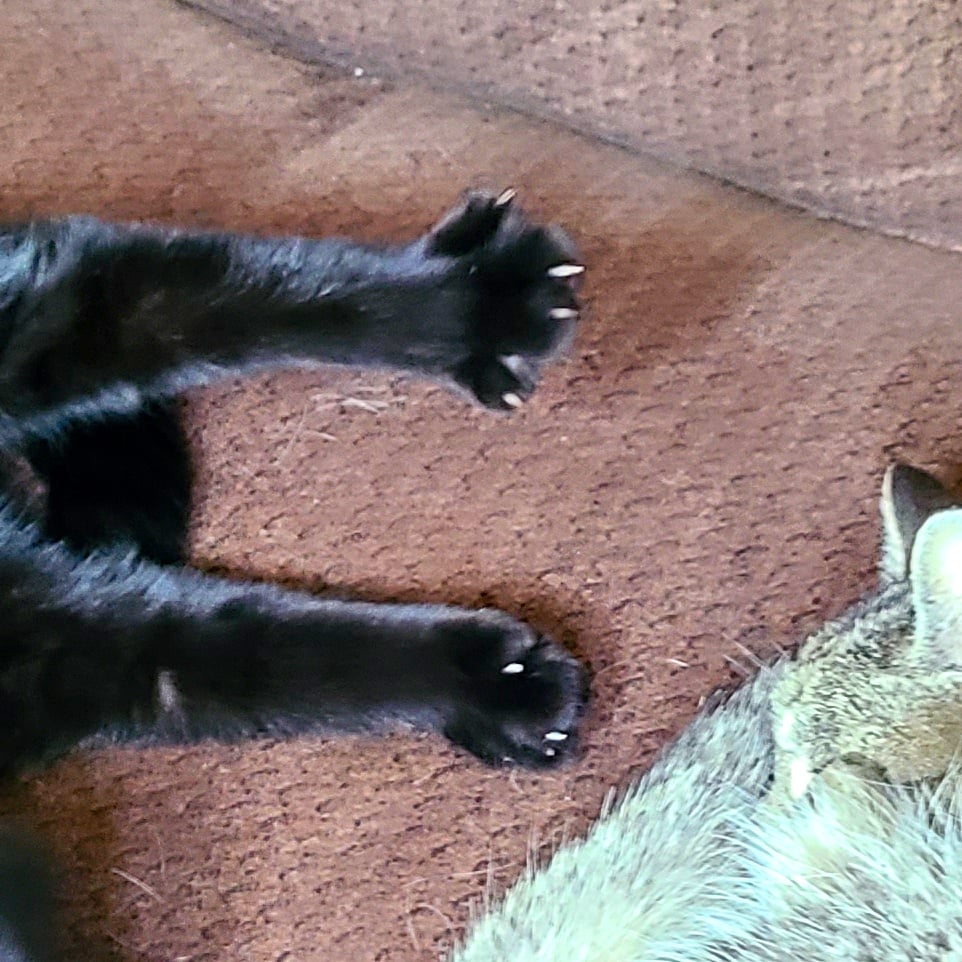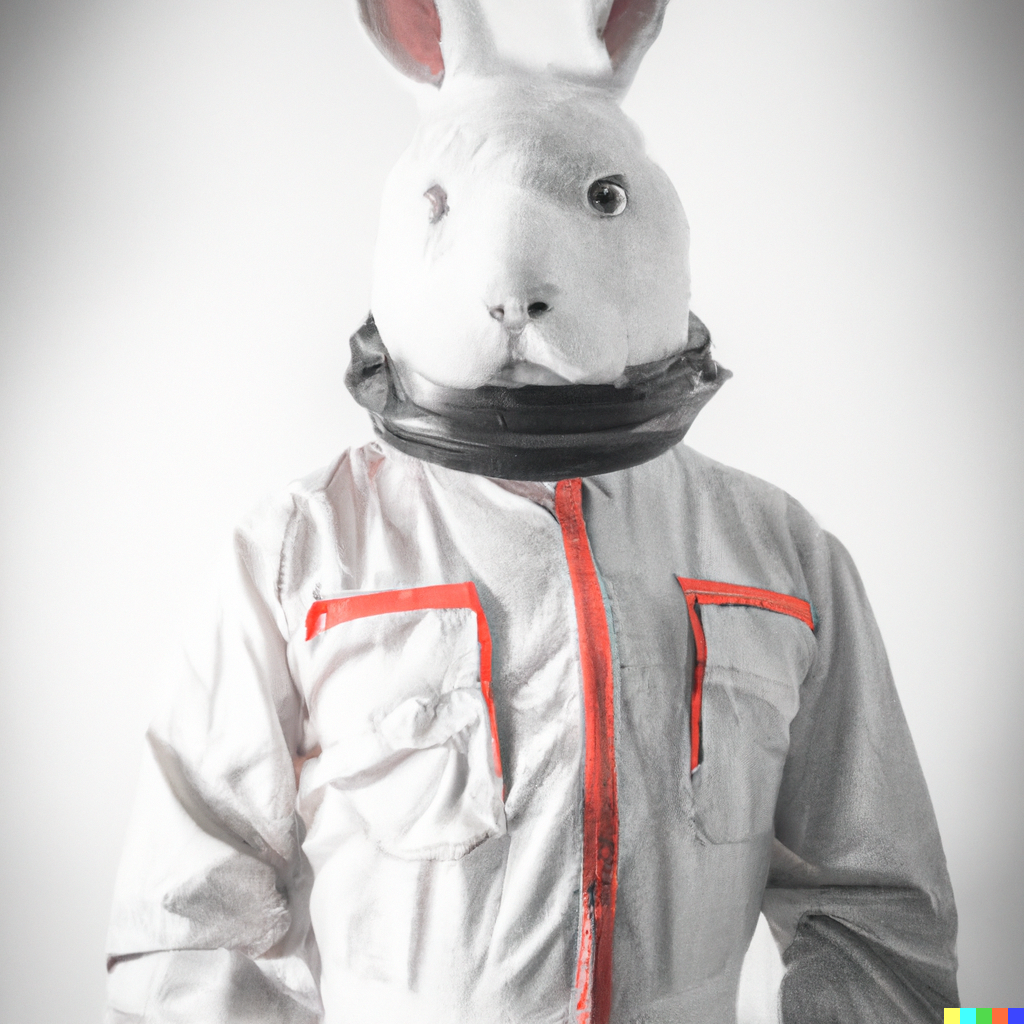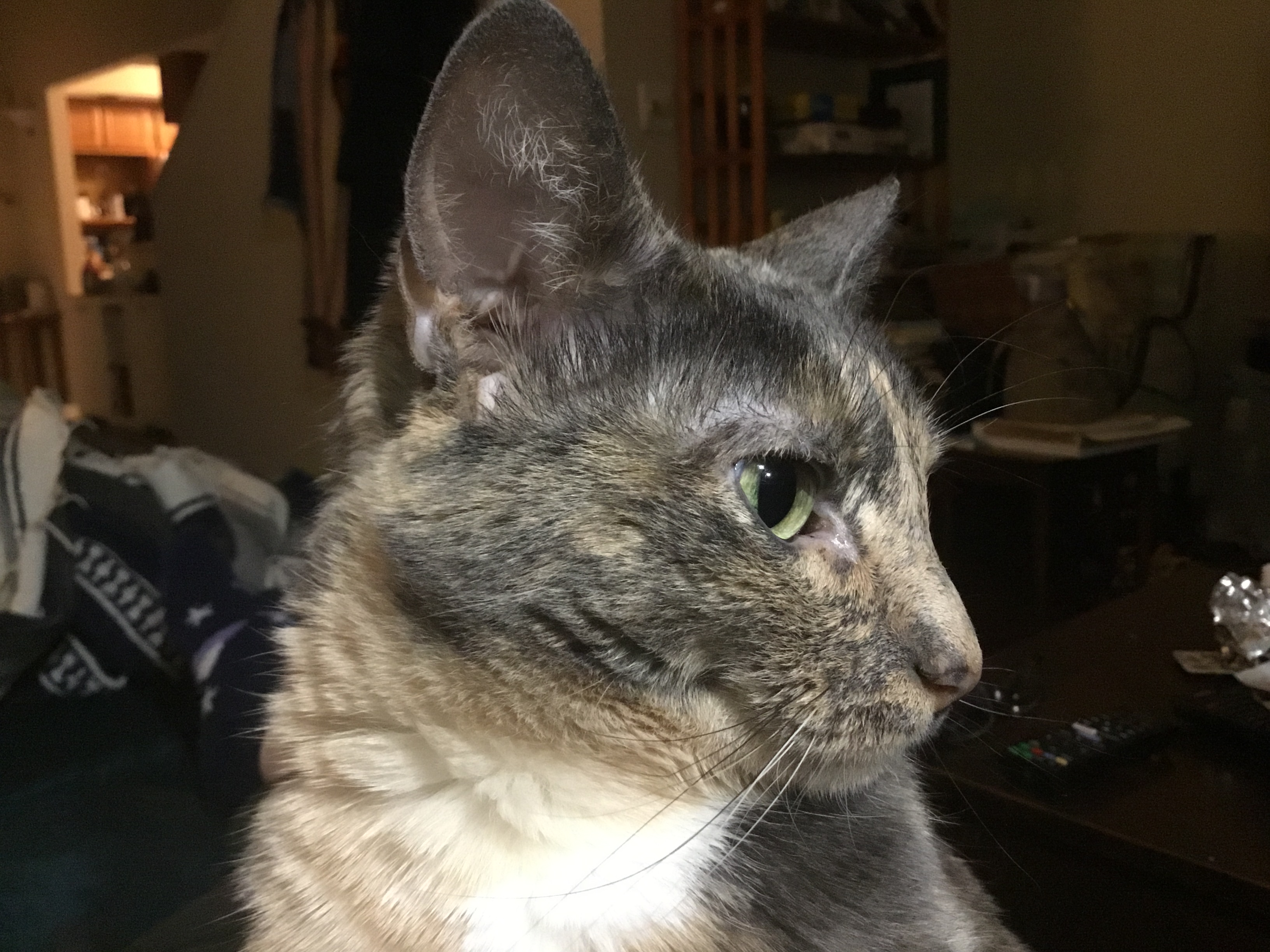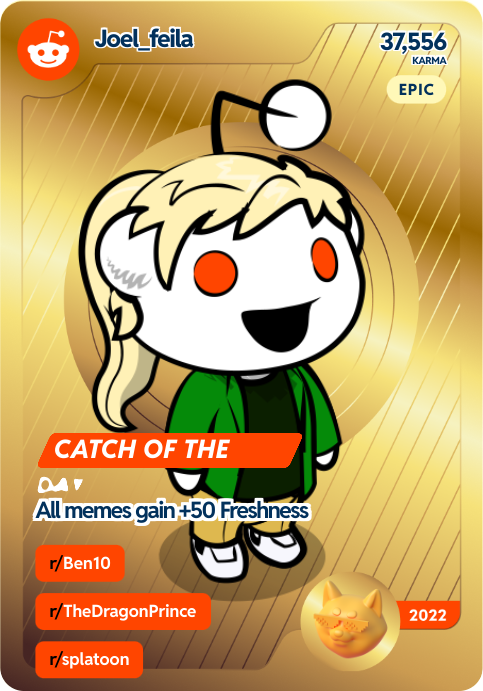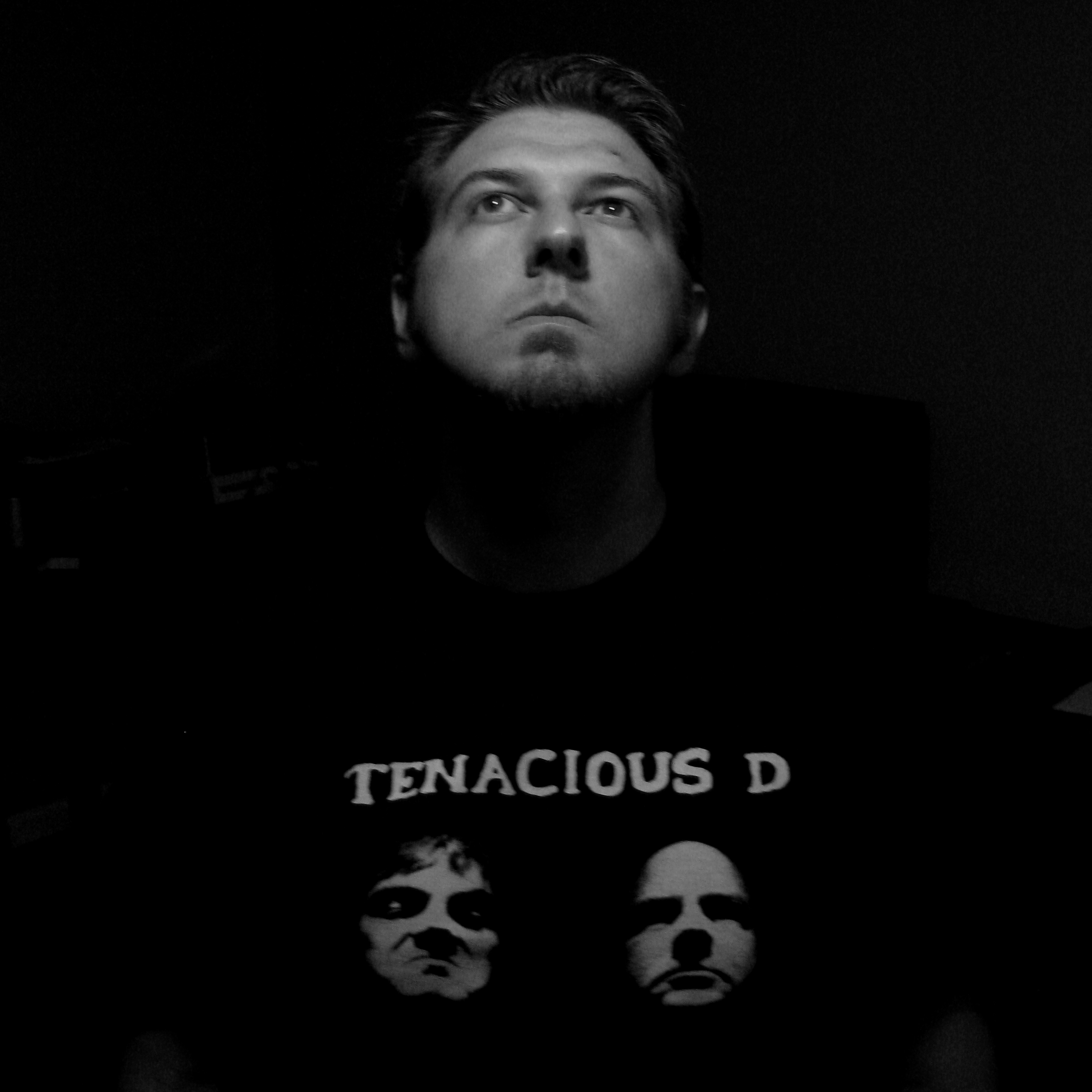I always learned “ROYGBIV” as the colors of the rainbow. Red, orange, yellow, blue, indigo, violet.
What’s up with the last two? Isn’t indigo basically just dark blue? Why is it violet and not purple? Can’t it just be “ROYGBP”?
Actually, the answer turns out to be pretty interesting.
The short version is that what colors are considered “distinct” are heavily influenced by culture and Newton, from whom we get ROYGBIV, came from a culture which valued the dye called “indego.”
Edit: It also seems Newton thought the number 7 had cosmic significance and thought there ought to be 7 colors.
More info in this short video: https://www.youtube.com/watch?v=bf7WT6TLy8s
The history of Orange is fascinating. In English it wasn’t really considered a major colour but referred to as a shade of red (as in red deer), yellow (sometimes red-saffron). It was the introduction of Oranges that led to things being called Orange coloured.
There’s a similar lack of distinction between Green/Blue in the ancient world.
I still see people without color-blindness have trouble distinguishing some shades of red/yellow/orange.
Huh, I had always assumed oranges got their name from the color, not the other way around…
Orange the fruit comes from the Sanskrit name naranga through other languages. Along the way it lost the N (well technically the n moved to the a, so we have an orange 🙂)
There’s a similar lack of distinction between Green/Blue in the ancient world.
How would that arise? There’s blues in the sky that are very distinct from the greens of plants. Or are the blue detecting rods (or is it the cones that detect colour?) that new that we can perceive blue more than they could in early recorded history?
You know how some people can tell you the exact shade of two colors that you consider identical? Turns out that giving colors distinct names in our mind makes us way better at seeing the difference and that is how we chop up the color spectrum from an infinite number of colors to seven. You think blue is completely different because you went to school and being able to tell the difference between blue and green was a requirement for you. If the school told you that the sky is a light shade of green and the forest is a dark shade of green you would adjust your brain accordingly.
I guess my point is that all colors are made up by the state and we indoctrinate our children into the government sanctioned system at an early age.
That last paragraph took a turn, haha.
They were simply considered shades of the same colour, that’s all. The light spectrum is continuous our breakdown of the continuity into discrete colours is purely arbitrary.
The colour we call sky-blue is considered a separate colour altogether in Japan (Misu)
Pink is named after the flowers Pinks and is called Rose in some languages but we use Rose for a different colour which is more magenta.
Notice how we don’t have words for some colours so use adjectives (bluey -green) There are some languages that don’t use or have any words for colours but alsways describe them. For example “bright fire like”
There’s a great Radiolab about this, highly recommend a listen.
MAY 21, 2012
Why Isn’t the Sky Blue?
What is the color of honey, and “faces pale with fear”? If you’re Homer–one of the most influential poets in human history–that color is green. And the sea is “wine-dark,” just like oxen…though sheep are violet. Which all sounds…well, really off. Producer Tim Howard introduces us to linguist Guy Deutscher, and the story of William Gladstone (a British Prime Minister back in the 1800s, and a huge Homer-ophile). Gladstone conducted an exhaustive study of every color reference in The Odyssey and The Iliad. And he found something startling: No blue! Tim pays a visit to the New York Public Library, where a book of German philosophy from the late 19th Century helps reveal a pattern: across all cultures, words for colors appear in stages. And blue always comes last. Jules Davidoff, professor of neuropsychology at the University of London, helps us make sense of the way different people see different colors in the same place. Then Guy Deutscher tells us how he experimented on his daughter Alma when she was just starting to learn the colors of the world around, and above, her.
Bonus: The Colors episode
You can actually see it in modern times. The Himba tribe in Africa doesn’t have a concept of the colour blue. There’s not even a word for it, as far as they’re concerned blue is just a shade of green. To us it seems obvious, the sky is blue and the plants are green but to them it’s all different shades of green. It’s not a genetic thing, they’re seeing the exact same colours as anybody else, their culture just doesn’t distinguish between the two colours.
Well it was the 1600s and he was a natural philosopher. Back in those days, all sorts of weird stuff ended up in the books because it fit a certain philosophy. Our modern understanding of empirical science is a relatively new idea.
I’m confused…
Doesn’t a rainbow contain all colours by definition?
It doesn’t contain pink or brown. Some of the colours we see are how we register a mixture of light frequencies, whereas each point in the rainbow is just a single frequency.
What a phantastic thread!
We have had linguistics, sociology, physics and now biology in the form of colour perception so far.
Cross domain discussions are great! :-)
This is incredibly incorrect. While many colors that are additive are combinations, those combinations are simply approximations of the single wavelength true color. All colors are on a spectrum of hue, luminance (brightness) and intensity (saturation).
Pink is red with high luminance and high intensity, and brown is orange with low luminance and mid-high intensity
Nope. A whole bunch of colors do not correspond to any wavelength of light. This includes purple.
Among some of the colors that are not spectral colors are:
Grayscale (achromatic) colors, such as white, gray, and black. Any color obtained by mixing a gray-scale color and another color (either spectral or not), such as pink (a mixture of a reddish color and white), or brown (a mixture of orange and black or gray). Violet-red colors, which in color theory include line of purples colors (such as, approximately, magenta and rose), and other variations of purple and red. Impossible colors, which cannot be seen under normal viewing of light, such as over-saturated colors or colors that are seemingly brighter than white. Metallic colors which reflect light by effect.
https://en.wikipedia.org/wiki/Spectral_color#Extra-spectral_colors
Pink can also be described as a reddish hue with high brightness and low saturation. But saturation is a matter of how strongly one frequency is emphasized compared to other frequencies. So colors with low saturation contain mixtures of frequencies, but each point in the rainbow, when there’s no other source of light present, is only a single frequency. This is why the rainbow doesn’t contain any desaturated colors like pink. Brown, I admit, can be just dark orange.
Well yes, but the differentiation of colors varies by, believe it or not, culture! For example, the Japanese word for blue, 青 (ao) was used both (depending on context) for what we would call blue and green, and it wasn’t until modern times that a new word, 緑 (midori) started being used to explicitly define what we might call green. Even now, their ‘green’ traffic lights would be described as blue in other cultures. My apologies for the euro-centric over-simplification, but here’s a great article to elaborate further: https://cotoacademy.com/japanese-color-blue-green-aoi-midori-青い-みどり/
Interesting point.
And I am a little bit with the Japanese in this regard. At least my GF always complains that I am unable to correctly distinguish between green and blue ;-)
There’s a difference between linguistic simplicity and color blindness.
Well in my case it’s more about where to draw the line between blue and green.
I can differentiate the colours but just still call things blue that my GF (and most of the rest of the world, apart from Japanese and the german dialect I grew up with as it seems) already calls green.
This is a running joke in my house. My daughters like to wear a lot of blue/green shirts. Apparently I always guess it wrong.
Finally, I am not the only one! Feels good.
Interesting, I didn’t know I had a form of colour blindness until I was messing around with the accessibility settings on a Samsung Galaxy S8. Suddenly everything looked so much better and I could immediately tell the difference between shades.
Having said that I still struggle with Coral. Is it pink or orange ?
Purple, or violet, is a bit shorter than 400 nanometers regarding its wavelength.
https://pixfeeds.com/images/7/308404/1200-308404-483872671.jpg
Actually…
There is no purple light.
Kinda.
Video explaining it in detail: https://youtu.be/CoLQF3cfxv0
Several colors we can perceive only exist as a specific mixture of wavelengths. And purple (coincidentally for this thread) is one such - white light contains it, sure, but, you can’t isolate it to a specific single band, like you can isolate cyan or yellow. So, no, rainbows can not have purple in them.
I disagree. That color he keeps talking about is magenta, there is no magenta light. I see purple in the rainbow, but not magenta.
You would be half correct. Magenta is impossible “in the real world”. It obviously exists on your computer screen due to its ability to shoot colored light into your eyeballs
Well yeah. I guess my question should be “why do we learn indigo and violet when we learn about the rainbow”. It’s more cultural
Yes, exactly.
E.g. in Germany I don’t have heard anyone using Indigo and Purpur as major colours but only in combination with blue : “Purpurblau” and “Indigoblau” describing certain forms of blue.
So only blue and violet in german rainbows. And ultraviolet because most of us are more engineer than poet nowadays ;-)
You’d think so but colours are weird. Some of the ones we see aren’t ones that actually exist, they’re invented by our brains. Magenta for example doesn’t exist, there is no wavelength for it and because of the way our eyes detect light it should really be a shade of green. But our brain doesn’t like that and invents a brand new colour instead.
In Czech it’s red, orange, yellow, green, turquoise, blue, violet/purple (we have the same word for both).
Edit: Violent -> Violet
Violent purple sounds like a band you’d find in an underground club in Berlin.
Heh, thanks, didn’t notice.
Because purple is a combination of wavelengths and the rainbow has only has the single wavelengths. It also missing “lighter” colors like pink and “darker” like brown
This is my favourite video about the colour brown! https://youtu.be/wh4aWZRtTwU
???
Purple is not a combination of wavelengths, it is a single one. And pink and brown are lighter/darker versions of other colors. Pink being light red, and brown being dark orange.
Depends on how you define purple. If violet is close enough to purple for you then that “purple” would be a single spectral color, a single or continuous set of wavelengths. If it’s just a little more like magenta it would be a non-spectral color. A combo of red and blue light.
Plenty of non-spectral colors. Most things we see are non-spectral colors. Single pigments give off multiple wavelengths. Most things have combos of pigments on top of that. Emission spectra are multiple wavelengths.
Purple is often defined as the color we perceive when something reflects blue and red light, whereas violet is a specific region of the light spectrum between blue and ultraviolet.
It was originally ROYGB and the rest.
Was that the 3 hour colour wheel?
I got that joke. Nice.
big rainbow is powerful.
Indigo, the purple made as a combination of red and blue does not exist on a rainbow in the classical sense.
The rainbow is the electromagnetic spectrum that our eyes can detect and our brain interprets these waves as colours. Essentially our brain can detect 3 colours separately, red, green and blue.
Light does not exist as a single colour in reality but instead is a lot of different colours hitting our eyes at almost the same time, which is why you can get a rainbow out of sunlight, but if you put a red light into a prism, you will only get red light out, or if you put other household lights into the same prism, the rainbow would be different, colours would be less intense or missing. That’s why light under different sources feel cool or warm but when you look at their spectrum as shown in the attached picture, they’re almost all one colour.
Your brain is able to interpret these colours extremely well with context and is the source of a lot of optical illusions.
So when you see a combination of red and blue together, your brain interprets it as indigo purple and is why it is different from a pure violet wavelength.
Also, as common as brown is in the world, it doesn’t exist on the rainbow, because it’s a dark orange colour and its weird to think about it that way.

Brown is such a weird color
Essentially our brain can detect 3 colours separately, red, green and blue.
Do you have a source for this? I’m pretty sure our brains can detect any arbitrary wavelength within a range. The red green blue thing just happens to be the three colours we can mix to emulate most (but not all) of the frequencies we can detect.
There are 3 types of cones in the human eye, which reactive to different bands of the spectrum. They peak at approximately red, blue, and green. Our brains are good at combining that information to make it appear seamless. Colorblindness is generally a genetic defect in the production of one or more of those type of cones. https://askabiologist.asu.edu/rods-and-cones
Because ROY G BIV is much easier to remember and say.
I just wanted to add this link to xkcd’s survey results about color names because it’s fun and possibly relevant.
in part what color each words refers to changes over time as all languages change.
The rainbow is white light that has been split into its component parts. So the only colors that appear on the rainbow are made from a single wavelength. The missing shades of purples are made from a mixture of both high and low frequency light.
RGB color is a fair approximation of human color vision. Your screen’s Red, Green, and Blue, components are designed to match the 3 cone cells of the human eye.
If you compare a real rainbow to the RGB rainbow in the color picker in your favorite graphics software, you’ll likely notice extra colors. Unlike a real rainbow, the RGB rainbow has shades after blue, and it comes back around to red. Real rainbows do not do this.
That’s because purple, and magenta and fuchsia and other similar shades are made from both high and low frequency light. Therefore they cannot appear on the rainbow.
I thought violet was just another name for purple
Oh. Thank you! Had no idea haha
I have been trolling people for years with passionate wat-too-serious arguments that the rainbow is ROY G BAP for blue and purple.
Indigo is closer to Blue. Violet is closer to Red.
Purple is inbetween Indigo and Violet.
Removed by mod
Indigo color is created by mixing more parts of Blue than Red.
Violet color is created by mixing more parts of Red than Blue.
Purple is created when two wavelengths are visible at the same time, between Red and Blue. At the same time, Violet colors border on Red, and Indigo colors border on blue.
Therefore, Purple is a color inbetween Violet and Indigo.
Removed by mod

